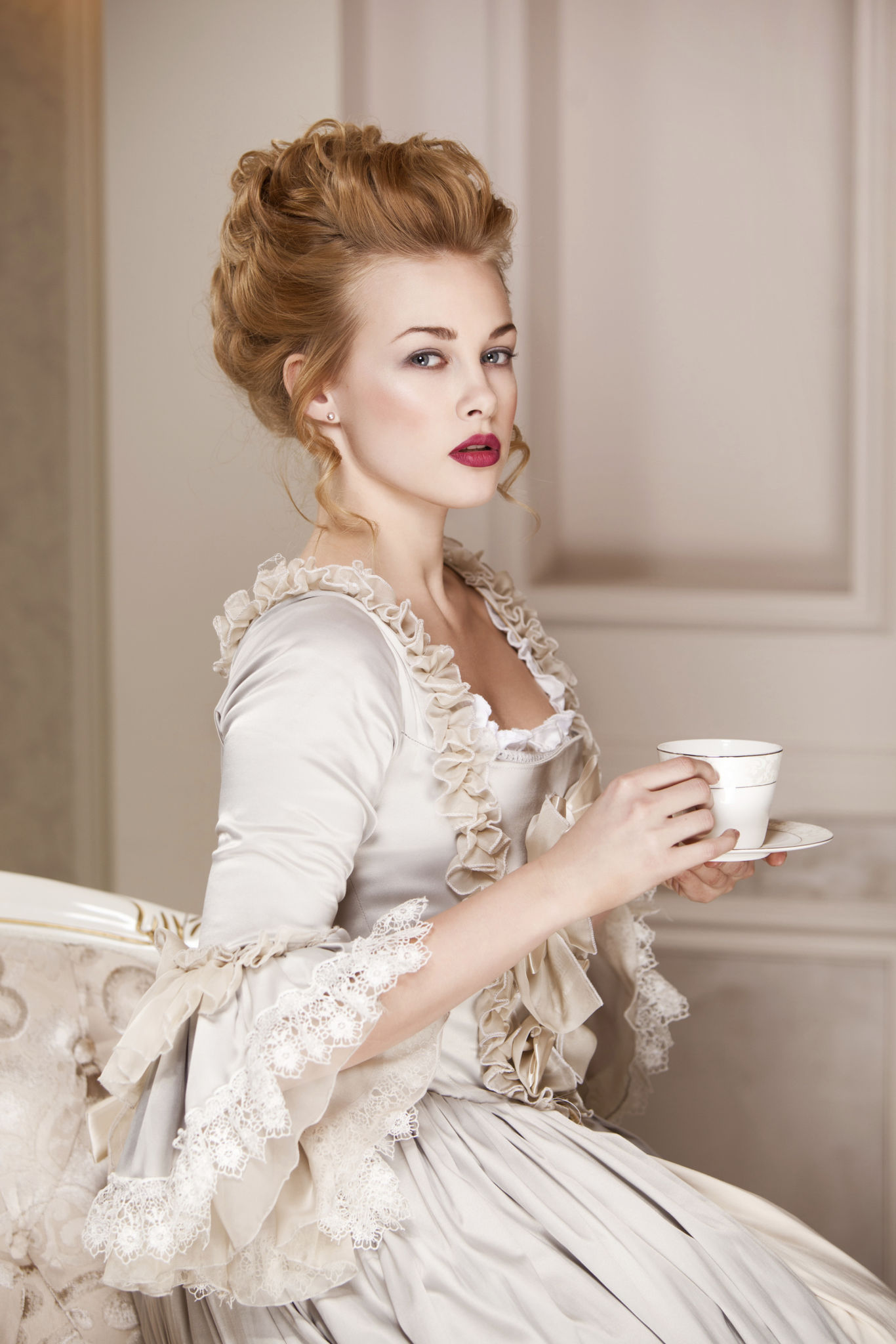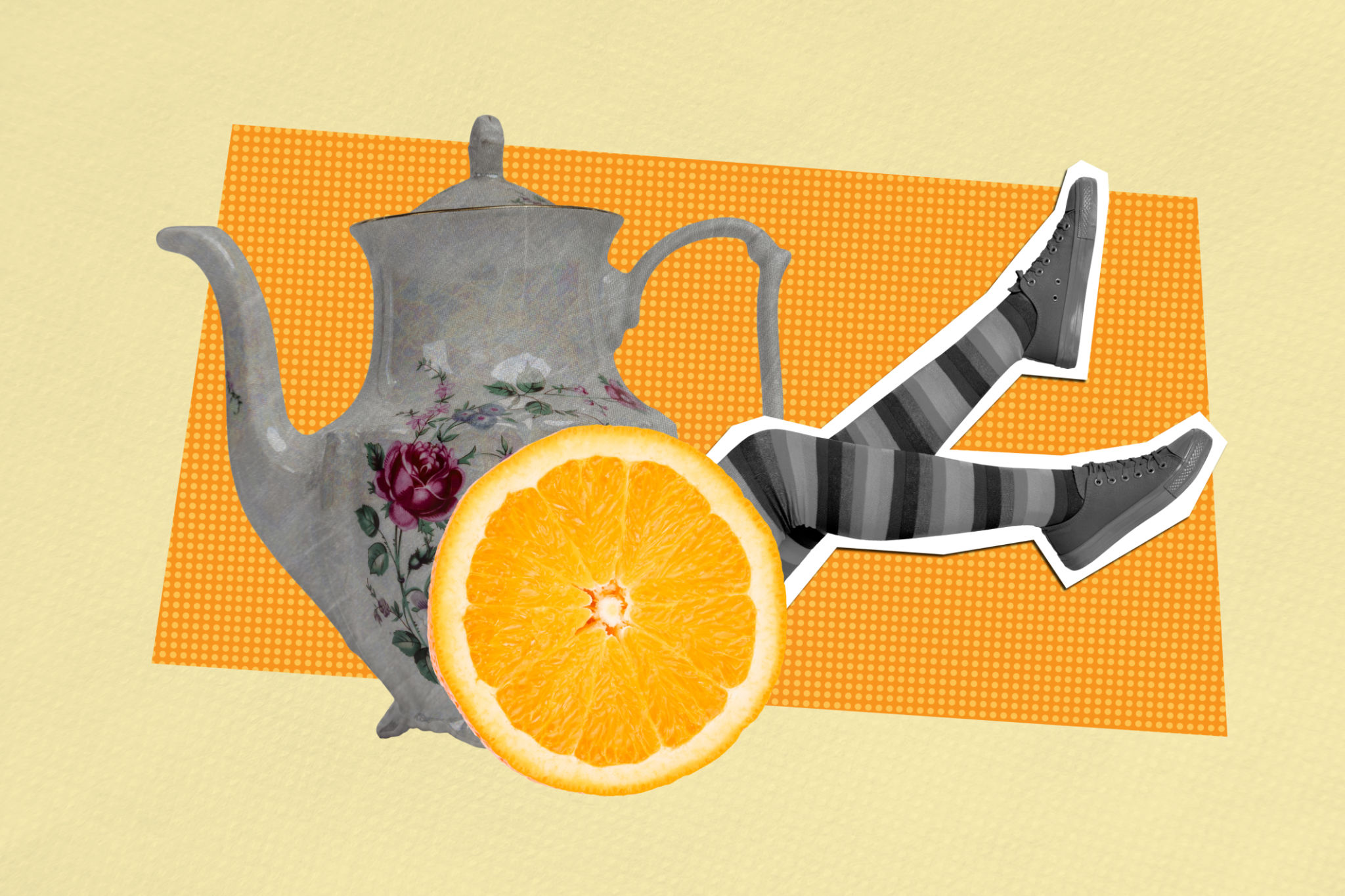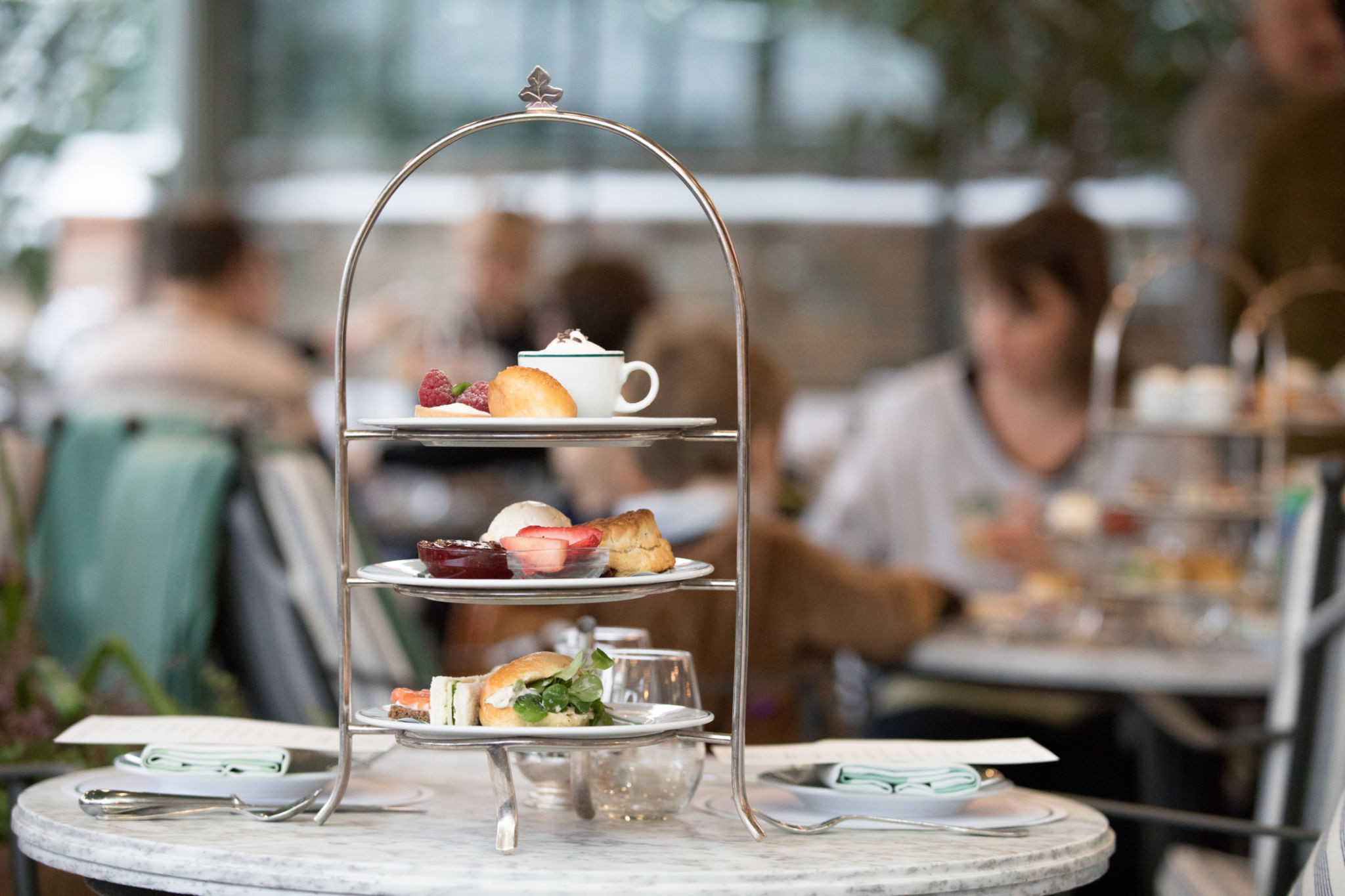Exploring the History and Tradition of Afternoon Tea in the UK
LK
The Origins of Afternoon Tea
The ritual of afternoon tea is a quintessentially British tradition, but its origins are relatively recent in the grand scheme of history. It was introduced by Anna, the Duchess of Bedford, in the early 19th century. At that time, it was customary to have only two main meals a day: breakfast and dinner. The Duchess found herself feeling peckish in the long gap between these meals and began to enjoy a small snack of tea, bread, butter, and cake in the afternoon.
What started as a personal habit soon became a fashionable social event. The Duchess began inviting friends to join her, and the concept quickly caught on among the upper classes, becoming a popular pastime for social gatherings. The tradition of afternoon tea spread across Britain, evolving from a simple meal into an elegant affair.

The Components of a Traditional Afternoon Tea
Afternoon tea typically consists of a light meal composed of finger sandwiches, scones with clotted cream and jam, sweet pastries, and cakes. The highlight of the meal is, of course, the tea itself. Traditionally, a selection of teas is offered, including English Breakfast, Earl Grey, and Darjeeling.
The sandwiches are usually filled with classic ingredients such as cucumber, smoked salmon, egg and cress, or ham and mustard. Scones are served warm, split in half and topped with clotted cream and strawberry jam. This combination is often referred to as "cream tea."

The Etiquette of Afternoon Tea
Attending an afternoon tea comes with its own set of etiquette. For example, when stirring your tea, it is important to do so gently without clinking the sides of the cup. Traditionally, one should sip from the cup without lifting the saucer unless standing.
Another point of etiquette is the order in which to eat the components. Typically, one starts with savory items such as sandwiches before moving on to scones and finishing with sweets. However, these guidelines are not rigid and can be adjusted to personal preference.
Modern Takes on Afternoon Tea
Today, afternoon tea has evolved to cater to contemporary tastes and dietary preferences. Many establishments offer themed teas, such as chocolate or champagne afternoon teas, while others provide options for vegetarians and vegans.
Some modern variations even incorporate international flavors or unique twists on traditional recipes. This flexibility has helped keep the tradition alive and relevant in today's diverse culinary landscape.

Where to Enjoy Afternoon Tea in the UK
The UK is home to countless venues offering afternoon tea experiences ranging from casual to luxurious. In London alone, iconic locations such as The Ritz and The Savoy offer exquisite settings for this time-honored tradition.
- The Ritz London: Known for its opulent surroundings and impeccable service.
- The Savoy: Offers a contemporary twist on traditional afternoon tea.
- Claridge's: Celebrated for its elegant art deco interior and classic tea service.
Outside of London, charming countryside hotels and historic tearooms provide equally delightful experiences throughout the UK.
The Cultural Significance of Afternoon Tea
Afternoon tea is more than just a meal; it is a cultural institution that symbolizes British hospitality and social interaction. It offers a moment of relaxation and conversation away from the hustle and bustle of everyday life.
This cherished tradition continues to attract both locals and tourists alike, providing a unique window into British culture and history. Whether enjoyed in a grand hotel or a cozy tearoom, afternoon tea remains a beloved ritual that endures through generations.